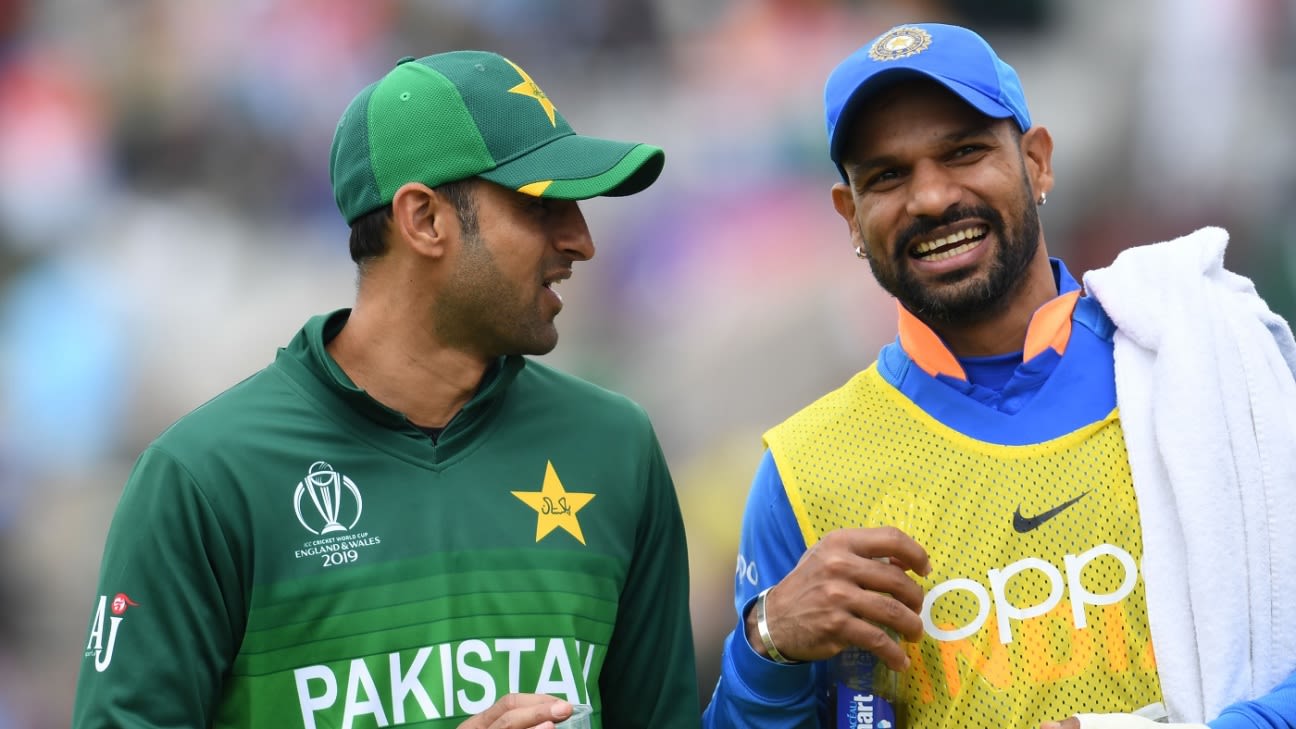
Chief executives of cricket boards will start hammering out on Thursday what cricket's next eight-year calendar will look like. CEC (the ICC's chief executives' committee) meetings on the 2023-31 cycle have so far been exploratory in nature, in trying to suss out member views on various competitions, ICC events and the growing space domestic T20 leagues now occupy.
But the real work of getting the calendar into shape begins now, with two broad questions to answer: one, how much time is available for bilateral cricket given ICC events and domestic T20 leagues; and two, what should the structure of international cricket, including the World Test Championship (WTC) and the ODI Super League, look like?
These discussions are likely to be more complicated than ever, and not just because a common virtual window for every board to attend from around the world is relatively short and tricky. The demands on the calendar are growing and have amplified, even from the last time these discussions took place, across 2017-18. Ahead of the meeting, we look at the four issues that need resolving in the next calendar.
The neglected middle format: ODIs
T20s and Tests are fairly settled for the moment but it's the bilateral ODIs, and specifically, in relation to global ODI events, that is under the scanner. Ostensibly, the ODI Super League is providing context to bilateral ODIs with the reward of World Cup qualification at the end of it.
But a postponed start because of the pandemic - and with focus firmly on two T20 World Cups - it has yet to gain real traction and momentum. One of the points of discussion will be around an expanded 50-over World Cup - with 14, rather than 10 teams - though the push for this is coming from those Full Members who weren't in the last World Cup. Full Members like their teams to be in World Cups, as one official said, and there are currently 12 Full Members but a 10-team World Cup.
But if there is a larger World Cup in 2027, what happens to the ODI Super League? Currently, it has 13 teams out of whom the top eight qualify directly for the 2023 World Cup. If it was kept to a 13-team league but eventually 12 qualified from it, that would defeat the point of a league.
If that league becomes larger - and for 12-14 teams to qualify, it would have to be much larger - then it starts eating into the calendar, which already has less space in it. And there might still be an appetite for a World Cup qualifier tournament, given the great spectacle that was the 2018 tournament in Zimbabwe.
Nine or more for the World Test Championship?
Members see the WTC, by and large, as a success, enough in any case to indicate it will be around beyond the current cycle. The build-up to the finalists being confirmed, as well as the build-up to the final itself, has gone down well.
But the question hovering over the league is what to do with Zimbabwe, Afghanistan and Ireland. The three are not part of the WTC in the league's second cycle which ends in 2023 but are keen to get some definition around their involvement going forward beyond that - even if it is a pathway that ultimately leads to inclusion.
When the league was first devised, the three weren't playing enough Tests to be part of it. They have only played ten Tests between them - Ireland just one - since the WTC began in July 2019. They have a slightly busier Test calendar while the second cycle of the WTC runs, but not by much.
The challenge, again, will be limited calendar space. Six series (three home and three away) over two years for each team works currently. Adding more teams will mean somehow squeezing more time out of the cycle, or not playing more than the six series but then diluting further the idea of a league in which a growing number of sides don't play each other.
That extra ICC event
In some ways, this extra event is at the heart of the game's current tensions. As things stand, the extra event - whether it is an ODI tournament or T20 - has been approved by the ICC board, despite objections from the BCCI.
But with CA and the ECB joining the BCCI in their opposition, and ICC chairman Greg Barclay suggesting an extra event was not a done deal, don't take it as final. It does have majority support among members currently - many of whom rely significantly on ICC event revenues - and is an acknowledged starting point for discussions, but whether that means it will remain by the end of these discussions is a different matter.
And if it is an ODI event, that will only complicate the status of the ODI Super League; how does that play into any such event? It used to be that ICC events would be scheduled into an eight-year cycle and members then went and simply built their own bilateral schedules around it. But with extra context now with the WTC and Super League - in essence, two more competitions - getting clarity on what they look like is equally as important as knowing when - and where - ICC events will be. Once members work out their bilateral match-ups in these competitions, a calendar can start to be built.
The other calendar
One of the main squeezes on the 2017-18 scheduling discussions were the various domestic T20 leagues members were running - an alternative calendar to the year essentially. At that time, South Africa's Mzansi Super League (MSL) and the PSL were difficult to work around in the sense that they took out two elite teams from international cricket for a total of six or so weeks between the October-March window - which is when the majority of members are in season.
This time, add to all those leagues SLC's Lanka Premier League, the Afghan Premier League, the Abu Dhabi T10, and from this summer, The Hundred. From 2022 also an expanded IPL, so more moving parts for members to juggle around. The ICC has no control over this, of course, but because they all eat into one calendar, it has a very direct impact on international cricket.
Osman Samiuddin is a senior editor at ESPNcricinfo















 Phone: (800) 737. 6040
Phone: (800) 737. 6040 Fax: (800) 825 5558
Fax: (800) 825 5558 Website:
Website:  Email:
Email: 






